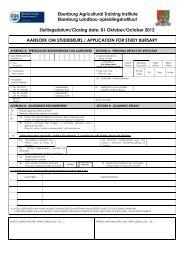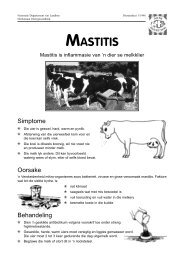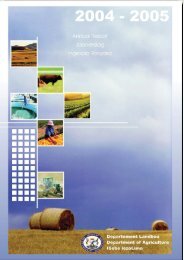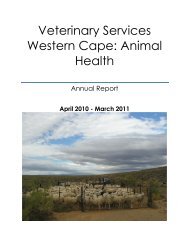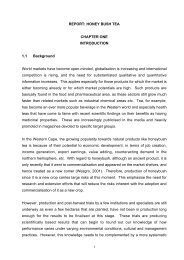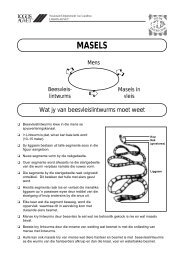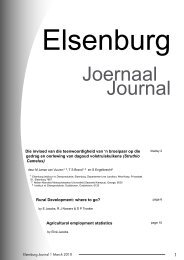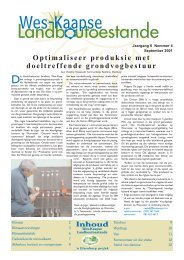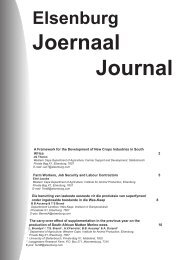The PROVIDE Project Standard Computable General Equilibrium ...
The PROVIDE Project Standard Computable General Equilibrium ...
The PROVIDE Project Standard Computable General Equilibrium ...
Create successful ePaper yourself
Turn your PDF publications into a flip-book with our unique Google optimized e-Paper software.
<strong>PROVIDE</strong> <strong>Project</strong> Technical Paper 2003: 3 October 2003<br />
the share parameters (δ), the elasticity of substitution parameters (rhoc) and the<br />
shift/efficiency parameters (ac), i.e.,<br />
1<br />
rhoc rhoc −<br />
c c c c c c<br />
rhoc c<br />
− c<br />
− c<br />
( δ<br />
( 1 δ ) )<br />
QQ = ac QM + − QD ∀cm AND cx<br />
(T5)<br />
with the first order conditions defining the optimum ratios of imports to domestic demand in<br />
relation to the relative prices of imported (PM) and domestically supplied (PDD)<br />
commodities, i.e.,<br />
QM<br />
QD<br />
1<br />
⎡<br />
( 1 rhoc<br />
PD δ ⎤ + c )<br />
= ⎢ * ⎥ ∀cm<br />
AND cx . (T6)<br />
⎣PM<br />
( 1−<br />
δ ) ⎦<br />
c c c<br />
c c c<br />
But T5 is only defined for commodities that are both produced domestically (cx) and<br />
imported (cm). Although this condition might be satisfied for the majority of commodities, it<br />
is also necessary to cover those cases where commodities are produced but not imported, and<br />
those cases where commodities are not produced domestically and are imported.<br />
If commodities are produced domestically but not imported, then domestic supply of<br />
domestically produced commodities (QD) is, by definition (T7), equal to domestic commodity<br />
demand (QQ), i.e.,<br />
QQ = QD ∀cmn ΑΝD cx<br />
(T7)<br />
c<br />
c<br />
where the sets cmn (commodities not imported) and cx (commodities produced domestically)<br />
control implementation. On the other hand if commodities are not produced domestically but<br />
are demanded on the domestic market, then commodity supply (QQ) is, by definition (T8),<br />
equal to commodity imports (QM), i.e.,<br />
QQ = QM ∀cm ΑΝD cxn<br />
(T8)<br />
c<br />
c<br />
where the sets cm (commodities imported) and cxn (commodities not produced domestically)<br />
control implementation.<br />
<strong>The</strong> equations T1 to T8 are sufficient for a general model of trade relationships when<br />
combined with the small country assumption of price taking on all import and export markets.<br />
However, it may be appropriate to relax this assumption in some instances, most typically in<br />
cases where a country is a major supplier of a commodity to the world market, in which case<br />
it may be reasonable to expect that as exports of that commodity increase so the export price<br />
(PE) of that commodity might be expected to decline, i.e., the country faces a downward<br />
sloping export demand curve. <strong>The</strong> inclusion of export demand equations (T9) accommodates<br />
this feature<br />
© S. McDonald<br />
23




